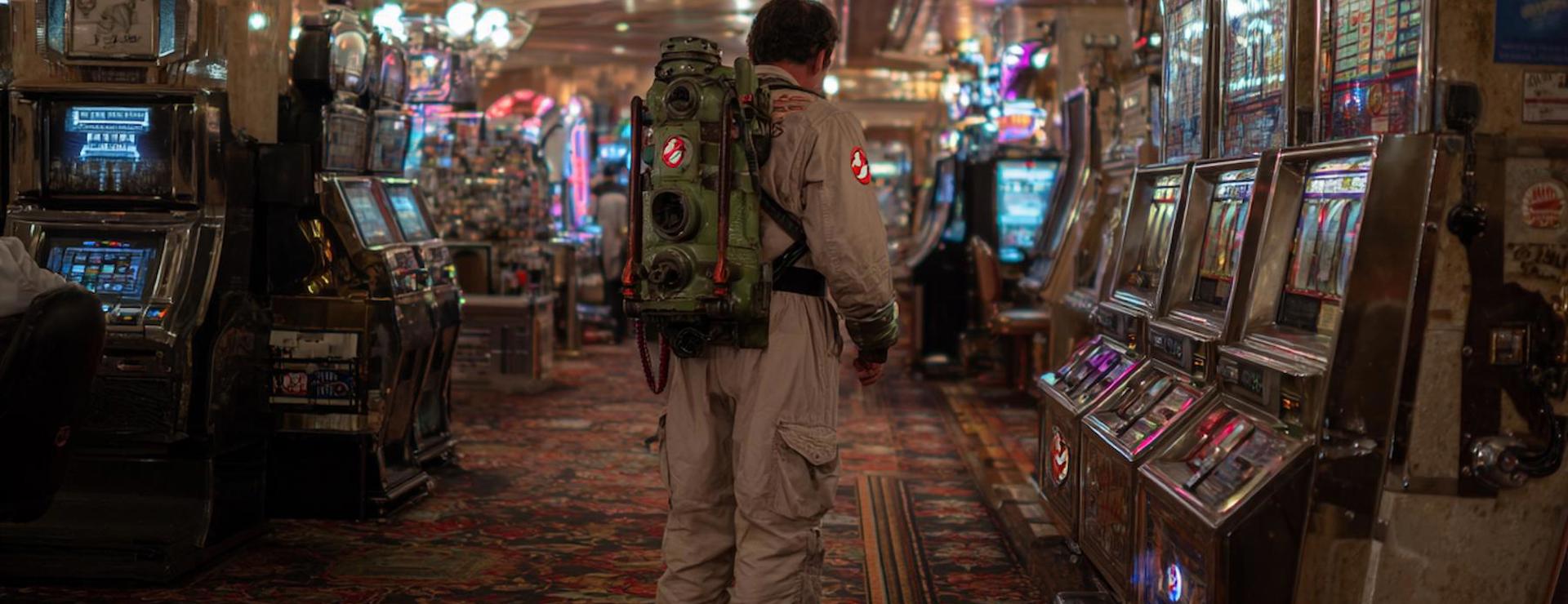
www.upworthy.com
A fun personality test determines 'how you love' based on your animal archetype
In the never-ending quest to understand ourselves better, or at least have just one more distraction from whatever it is we should be doing, here comes the animal personality test. And the craziest part is (at least for me), it's kind of accurate.The truth is, these days anyone can create their own personality tests. (And they do… and I've taken them.) Which Sex and the City character are you? Who is your inner Marvel superhero? What color is your heart? (Carrie, Ant Man, and black respectively.)But this particular animal archetype quiz, in actuality, is a model developed in the late 90s by Gary Smalley, an author with a psychology background and a PhD in counseling. Co-created by author John Trent, the two wrote a book called The Two Sides of Love: The Secret to Valuing Differences. The idea is to strike a balance between the tender, "soft" side of love and the "hard," more direct side. After taking the quiz provided in the book (and now online), one can find out if their temperament is the lion, the beaver, the otter, or the golden retriever.Even though it was written as a love-based tool, this personality test is often mentioned in the corporate world as a way to find out how people relate in the workforce. Jasper Rose, a financial recruiting agency, shared the quiz on their website, but notes, "This model should be taken with a pinch of salt. These animal categories describe the natural leaning of your temperament. In other words, they aren’t entirely fixed, as personalities are flexible and change over time, and people are complex." (So something an otter would say.)Without further ado, the personality test can be taken (among many places) through this Michigan State University worksheet here: Gary Smalley and John Trent's personality testPhoto Credit: Michigan State UniversityAs with most personality tests, these questions can be tricky, as many times more than one answer will apply. For example, one question asks that you rank what best describes you from the following: "likes authority, enthusiastic, sensitive feelings, likes instructions." Another: "Takes charge, takes risks, loyal, accurate." It's possible to relate to all four statements equally, making this a flawed test.But if you're in it for a lighthearted look at something that may vaguely describe you, here's a breakdown of the results: THE LION A lion roams. Giphy GIF by Savage Kingdom, Nat Geo These, according to the test, are the natural-born leaders. They are confident, take-charge, strong, and independent. From the Jasper Rose website:"Strengths: visionary, persistent, practical, productive, initiates change and projects, communicates directly, enjoys being challenged, strong-willed, independent, decisive, leader.Weaknesses: Insensitive/cold, sarcastic, self-sufficient, impatient, stubborn, overlooks risks, controlling at times, can be too direct."An educational worksheet on the Community Engaged Learning website (Michigan State University) adds that lions, "are great at initiating communication, but not great at listening." They add their natural desires are "freedom, authority, variety, difficult assignments, opportunity for advancement." THE OTTER An otter is surprised. Giphy GIF by Nashville Tour Stop These are our happy social types. "They are often energetic and enthusiastic, with a tendency to be playful and enjoy humor. Otters are generally creative and enjoy trying new things but may struggle with follow-through. They value relationships and are often empathetic and compassionate towards others.""Strengths: Outgoing, optimistic, personable, communicator, dreamer, responsive, warm, friendly, talkative, enthusiastic, compassionate.Weaknesses: Undisciplined, unproductive, exaggerative, egocentric, unstable, struggle with follow-through, impulsive, needs social approval, easily offended."The Center for Relationship Education adds, "Otters find it easy to be soft on people. It is also easy for them to be soft on problems. Otters need to learn to say ‘No’ and provide the hard-side balance of healthy boundary setting." THE BEAVER Beaver enjoying a snack. Giphy GIF by San Diego Zoo Wildlife Alliance These are our go-tos for decisive, detail-oriented people who actually enjoy structure and routine. "Beavers tend to be cautious and risk-averse, preferring to follow established procedures rather than taking chances. They are also known for their analytical skills and ability to organize complex information. However, they may struggle with flexibility and creativity, and may sometimes be perceived as overly critical.""Strengths: Analytical, thorough, decision-maker, deliberate, self-disciplined, industrious, organized, aesthetic, sacrificing.Weaknesses: Moody, self-centered, touchy, negative, unsociable, critical, revengeful."The educational handout adds that in terms of relationships, "Beavers are good listeners, communicate details, and are usually diplomatic." THE GOLDEN RETRIEVER Golden Retriever adorably looks up. Giphy GIF by WoofWaggers These are our loyal, dependable friends/lovers. "They also tend to avoid conflict and prioritize maintaining harmony in their relationships. However, they may struggle with making decisions and taking action, and may sometimes come across as passive or indifferent.""Strengths: Calm, supportive, agreeable, easy-going, loyal, dependable, quiet, objective, diplomatic, humorous, values relationships, stable and consistent.Weaknesses: Selfish, stingy, indirect with others, resists change, procrastinator, unmotivated, lacks initiative, indecisive, fearful, worrier, can be co-dependent."The Center for Relationship Education notes, "Goldens’ strong tendency toward the soft-side of love can lead to issues of co-dependence and enabling. Goldens need to learn to balance their natural soft-side with some hard-side qualities." As with most quizzes like these, most of us are a combination of traits not easily put into labeled boxes. If nothing else, it's a creative way to get people thinking about how they interact with one another in a variety of situations. (Which is totally something a golden retriever like me would say.)
















 Bitchute
Bitchute